After the first class, I went hunting in my art books for more ‘old masters’ to copy, and found "Rembrandt’s Eyes" by Simon Schama. Was Rembrandt old master enough? How did Schama come to know enough to write such a book? – how the achievements of others become the sticks we beat ourselves with
In the book on Rembrandt’s dry point etching – Aristotle and “art meets chance and chance meets art” is exactly the contingency idea I put into my talk to teachers about being creative several years ago. How did he do those trees?
On the drive home I notice a tree, each branch as if blown sideways, and each smaller branch off that one. The trees without leaves are themselves, unadorned, harshly skeletal.
At home during the week, I draw my pond, and in the picture the trees take all the view, but when I look I see the water. It really is dynamic and impossible to capture with a pencil.
I spend hours on the drawing, breaking off and leaving it then returning to add some more. The window panes create a handy grid that lets me construct the picture in 12 segments joined together. Still, however, the pond comes out too small. And there is no birdsong in a picture.
These limitations frustrate and may stop us doing the bit we can do. But what we learn from art is that sometimes the bit is just enough to conjure the whole.
I discover that I can still in fact draw; that I can see tone and shade, I can turn shapes into lines and curves in 2 dimensions to play that double trick between the present in the real and the absent on the page.
Friday, 14 March 2008
Subscribe to:
Post Comments (Atom)
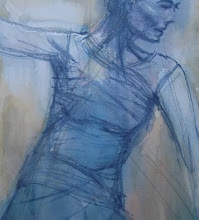

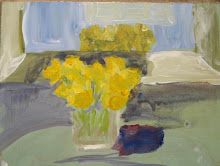

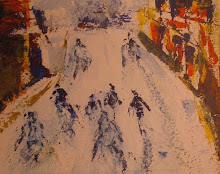
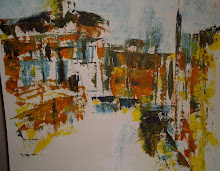
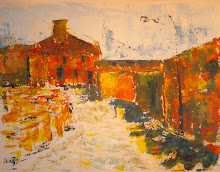






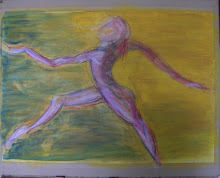
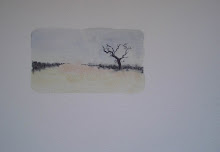
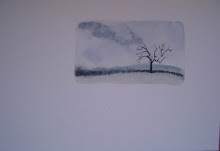





No comments:
Post a Comment